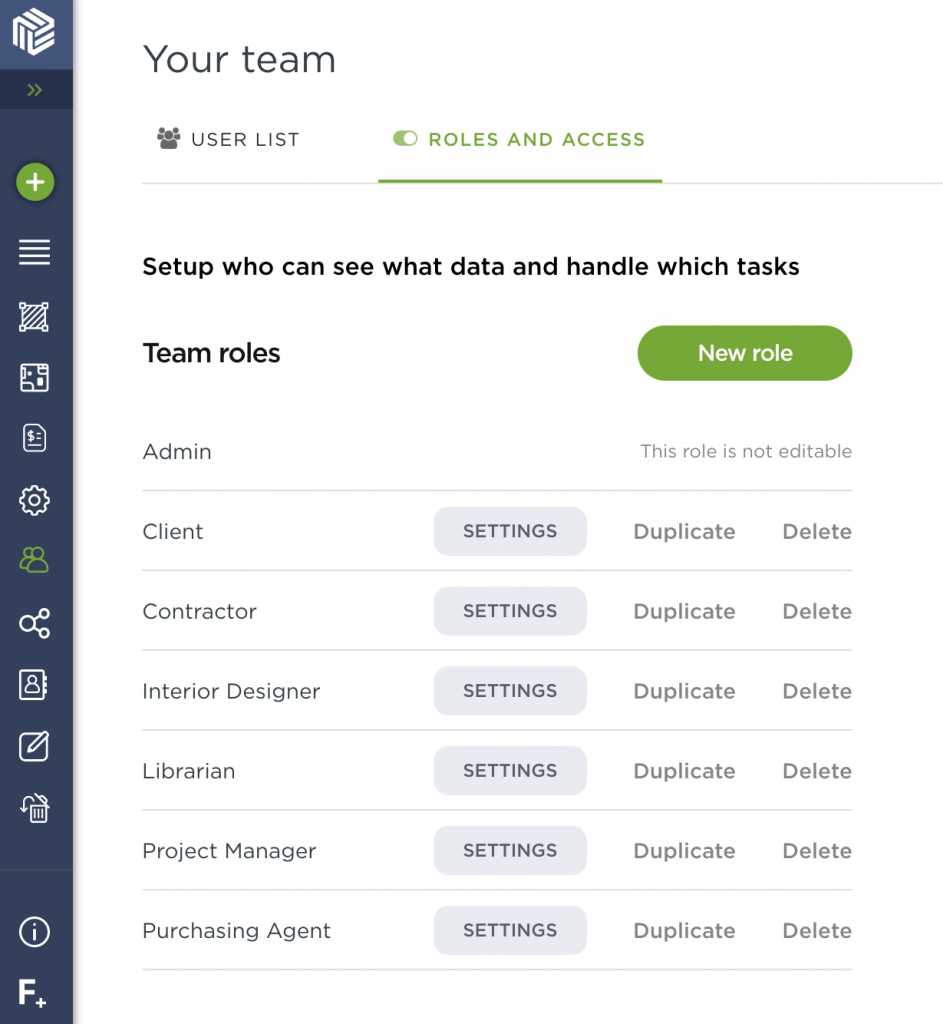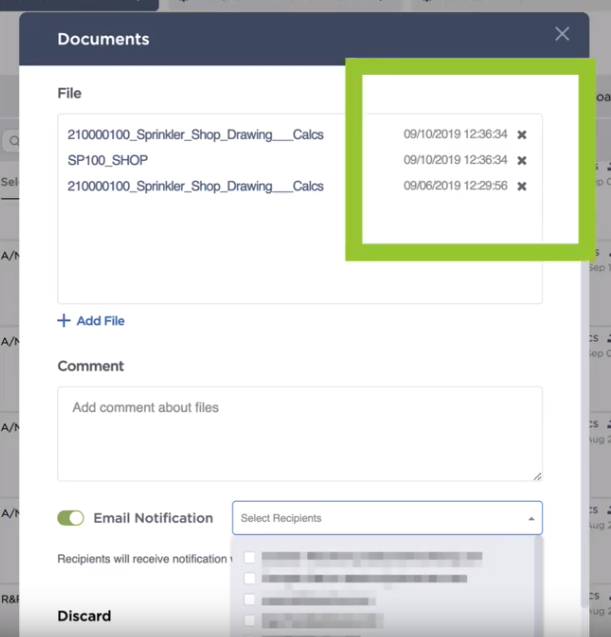
Procurement for a design project seems like a fairly straightforward process. But because of the wide variety of factors that affect each project — including state and local regulations, payment provisions, project types, owner types, and more — careful consideration has to be given to the procurement method to be employed.

There are a few design procurement methods that are generally accepted by design and build professionals. And though the different methods themselves have slight variations, each has their own advantages and disadvantages.
Here are the pros and cons of different design procurement methods, how to choose which one is right for your project, and how to mitigate the cons.
The Traditional Procurement Method (aka General Contracting Method, aka Design-Bid-Build Method)
In the traditional design-bid-build approach, the main goal is to secure the best price for any given construction project.
It’s also the most popular method for a few reasons: The developer retains design control, and just as importantly, it is the simplest to understand as a concept, and thus largely understood by almost everyone in the industry.
The biggest advantage of the traditional design procurement method is that it allows open competition, which theoretically results in the best price possible.
This method works best for projects that are thoroughly designed and well understood, and have some flexibility within the completion time frame.
However, if there are critical deadlines that need to be met, the project is relatively complex, and there are unknown variables, then a different method is probably better suited.
The biggest disadvantage here is time, though: The bidding part of the design-tender-build process can take a while. Couple that with the contractor likely trying to swap out materials with less expensive versions and managing the approval process, and that will eat up even more time.
There are a couple things you can do here, and both of them involve managing information and collaboration. During the bidding process, sharing as much information as possible with potential contractors is crucial. You can provide secure access to your specification platform to cut out the emailing back and forth.
Read: Collaboration Features to Help You Manage Project Phases and Submittals in One Place

Same thing for managing the approval process: Forget having to keep up with documents and statuses. Instead, have all of the data, approvals, and the entire team in one place.
Read: How to Keep Your Whole Team on The Same Page, From Specification to Construction
The Design-Build Procurement Method
In many ways, the design-build procurement method is the perfect counterpoint to the contractor procurement method: You have a centralized process as opposed to spread across different teams, the timeline is shortest, and the cost is generally the lowest.
This method offers the least risk to a client in terms of cost. The way the contract is structured includes a price guarantee, which the client can hold the contractor to.
However, the contractor is now motivated to cut costs in order to increase their profit margins. This could mean compromising both the quantity and quality of materials. And because the contractor is the sole entity handling both build and design, there is very little check and balance. The client could also be charged a hefty fee for any changes.
In this case, language can be worked into the contract stating that the contractor can’t make changes without approval.
Again, having all stakeholders on the same page makes it easier to compare materials for potential swap outs and manage approvals.
Read: 3 Cost-Saving Reasons Your Hospitality and Design Teams Should Collaborate Better
Having all submittals in one place also saves a lot of time and potential error when trying to keep track of the most updated documents.

The Construction Management Procurement Method
This method is typically employed by bigger firms that have a dedicated procurement team. Here, the work is performed by a number of different contractors, all of whom are contracted to the project owner.
These contractors are managed by a construction manager, who acts as an agent for the project owner. The project manager is generally assigned early to a project
The main advantage of this method is cost: Because each element of the process is tendered, you’re always getting the best price. Additionally, changes can be made without massive penalties.
Because of the large number of contractors involved in the process, however, this method is management-intensive.
By having a platform where all the project data is stored, and to which all contractors can be invited securely, management is much easier and more efficient.
Fohlio helps you specify and procure at scale on one platform: Collaborations are easy and workflows are much more efficient than ever before. Get your free trial today — so you can design and build more profitable projects.
Expore Fohlio
Learn how to:
- Save days of work with faster specification
- Create firm-wide design standards
- Automate and centralize procurement
- Keep your whole team on the same Page
- Manage product data
- Track budget against cost in real time.
- Prepare for asset valuation
Published Feb 24, 2020

